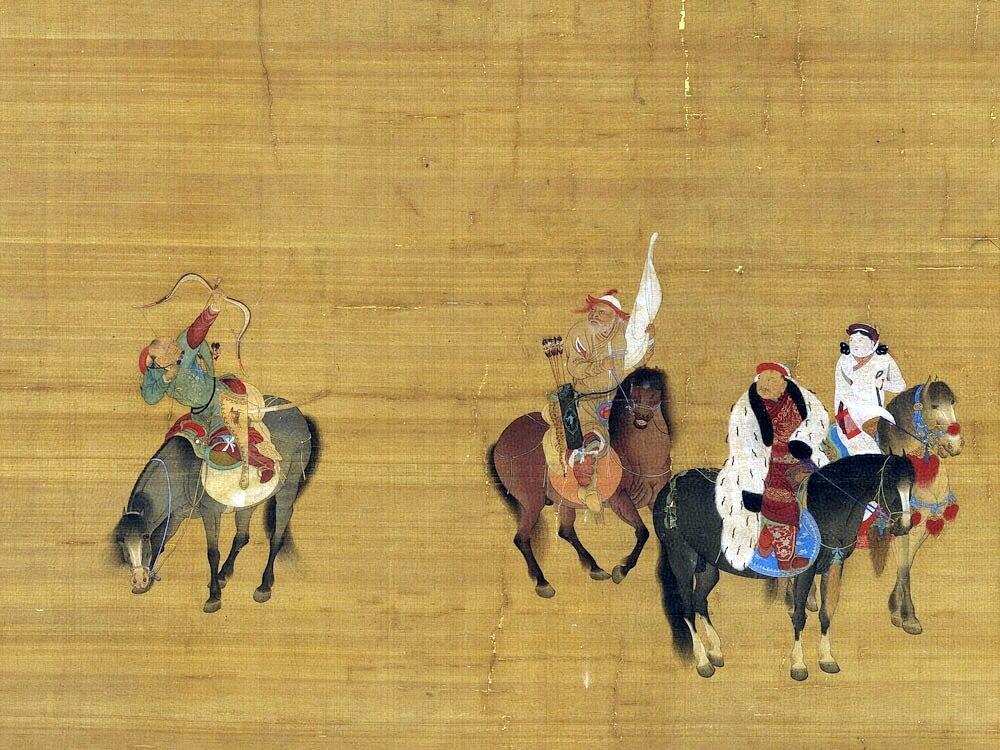Getting your Trinity Audio player ready...
Evidence from ancient DNA suggests the dominant lineage of modern domestic horses emerged around 4,200 years ago in the western Eurasian steppes, associated with the Yamnaya herders around 3,000 BCE. The findings were published Thursday in the journal Nature.
This lineage had a genetic mutation that changed the shape of its back, potentially making it easier to ride, and rapidly replaced other horse lineages across Eurasia within 300 years.
An earlier lineage of domestic horses, potentially used for milk, is associated with the Botai culture in Central Asia around 3,500 BCE, but the widespread use of horses for transport began around 2,200 BCE with the emergence of a second lineage.
Around 2,700 BCE, a domestication bottleneck started, reducing generation time and facilitating the breeding of new domestic horses, leading to the replacement of nearly all horse lineages with modern domestic bloodlines by around 2,200 BCE through controlled breeding practices.
The Sintashta people, a Bronze Age culture, are believed to have played a crucial role in spreading the second lineage, facilitating the rapid spread of horses across Eurasia and a significant increase in connectivity, trade and warfare.
Horse-based transportation was a key moment in human history, enabling long-distance travel, transforming warfare, communication, trade networks, cultural exchanges, and the spread of Indo-European languages and agriculture across Eurasia around 3,000 BC.
Domesticating wild horses was a gradual process spanning a considerable time, not a single event, and humans changed the horse genome rapidly due to their experience dealing with animals, highlighting the special significance of horses in human societies.
Horse ancestors originated in North America, migrated to Asia over a million years ago, flourishing there but going extinct in the Americas, and the modern domestic horse evolved from its wild cousins and became highly prized.
Ancient DNA samples reveal diverse lineages of horses existed 50,000 years ago, but their genetic diversity shrank faster than other animals due to domestication, with the second lineage becoming dominant globally around 2,190 BCE.
Domesticated horses replaced their wild cousins in a few centuries and impacted human history by enabling long-distance travel, transporting heavy loads, supporting riders, and facilitating quick global spread.
This article was written in collaboration with Generative AI news company Alchemiq
Sources: AP, Fox News, Science News, Live Science.com, New Scientist, taipeitimes.com, explorersweb.com, sci.news.


